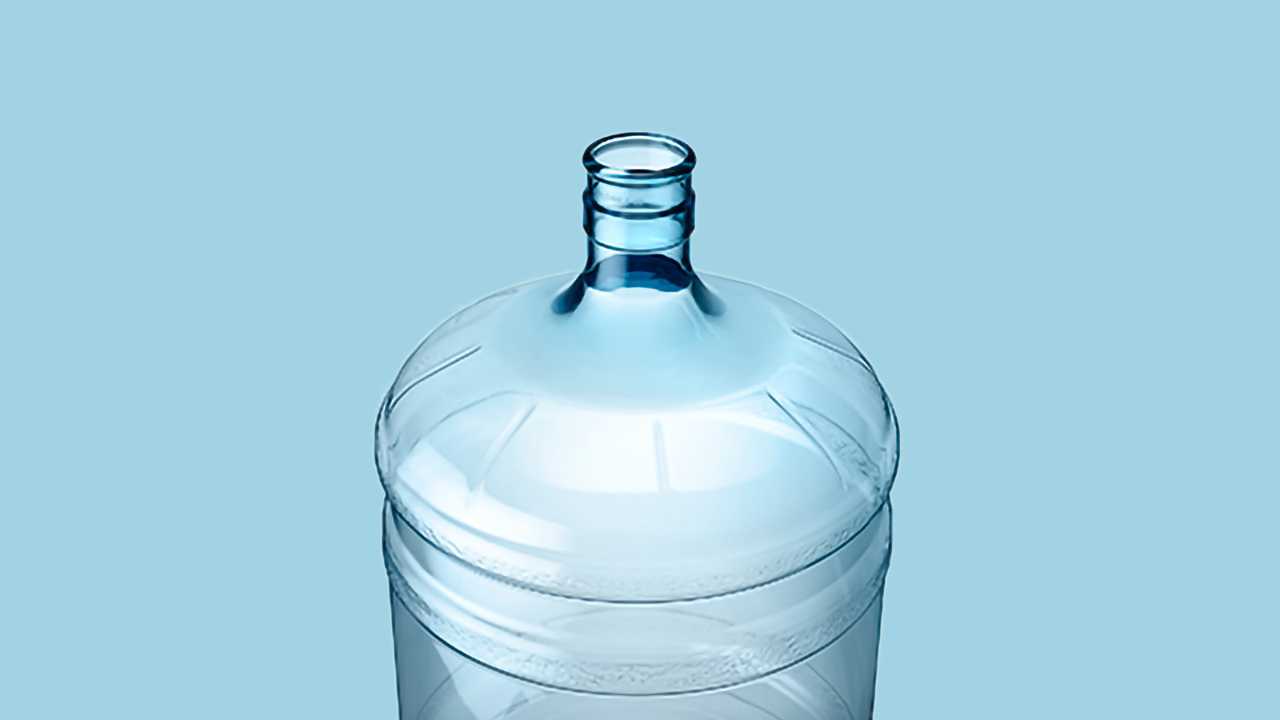Article11-01-2022
Impact of Proposed EU BPA Ruling on Bottled Water Manufacturers

 The European Food Safety Authority (ESFA) is proposing to reduce the tolerable daily intake for bisphenol A (BPA), reassessing their decision from 2015. The proposal would dramatically reduce the limit from 4 micrograms per kilo of body weight per day to 0.04 micrograms per kilo of body weight per day ~ 100,000 times less. Their rationale stems from recent research into the effect of BPA on the development of allergic pneumonia. Whilst this change is currently just at the proposal stage, it suggests that restrictions on BPA intake are likely, and that the weight of research citing the toxicity of BPA is starting to grow.
The European Food Safety Authority (ESFA) is proposing to reduce the tolerable daily intake for bisphenol A (BPA), reassessing their decision from 2015. The proposal would dramatically reduce the limit from 4 micrograms per kilo of body weight per day to 0.04 micrograms per kilo of body weight per day ~ 100,000 times less. Their rationale stems from recent research into the effect of BPA on the development of allergic pneumonia. Whilst this change is currently just at the proposal stage, it suggests that restrictions on BPA intake are likely, and that the weight of research citing the toxicity of BPA is starting to grow.
BPA is found in, and most associated with, polycarbonate plastic, a plastic well known in the production of water cooler bottles. It is a synthetic organic compound used in the manufacture of some plastics. Polycarbonate plastic is impact resistant, clear and long lasting, clear benefits for bulk water bottling. The the length of contact between the water and plastic in bulk water dispense is likely to be higher due to the length of time it takes to consume it, increasing the potential seepage of BPA into the water. Based on the results of the migration analysis for 5 gallon polycarbonate bottles, it is impossible to meet the new safe limits. A recent study by Toluna found that for 59% of North American respondents, water from a Water Cooler is main source of drinking water outside the home, showing the need for safe, clean water.
For bulk water producers, any change in legislation that reduces BPA consumption would mean that polycarbonate bottles would no longer be a viable solution. To replace polycarbonate, bottlers would need a substitute that shared the same characteristics: impact resistant, clear, and long lasting. PET plastic would be the obvious solution, and perhaps work out better for those making the transition from polycarbonate. PET bottles are shatterproof, and crystal clear for a premium look; seeing the clarity of water is a more premium cue and is obscured by less transparent polycarbonate. There are also environmental benefits to the switch. PET is more readily recyclable and has more post recycling uses than polycarbonate, whilst producing less than 60% of the carbon emissions in its production.
In conclusion, as the data continues to come in suggesting that BPA plays a more harmful role than first thought, assessing your product packaging in advance of any legislative changes would allow for a smooth transition.
Article reference: https://www.efsa.europa.eu/de/news/bisphenol-efsa-draft-opinion-proposes-lowering-tolerable-daily-intake





